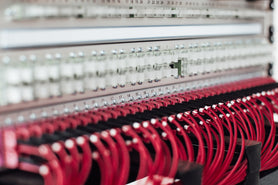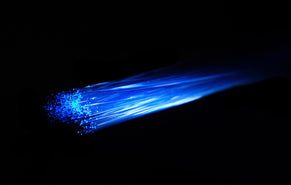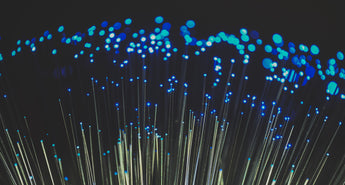At Nassau National Cable we work to give you the best quality services at competitive prices. As part of our efforts, we are constantly working to make it easier for you to choose, purchase, and handle cables according to your specific needs. this is the goal of value-added services, which help to sculpt cables according to your needs, identify and protect them.
New!
Garrie AI: Your Cable Guide
Garrie AI: Your Cable Guide
Contact Us 
Live Chat
Got any questions?
Speak with a real person who will go out of their way to help you!
Call Us: 1-516-482-6313
Text Us: 1-516-703-3460
Live Chat: Look Bottom Right
Email: sales@nassaunationalcable.com
or:
Items in Cart ()
View cart






















